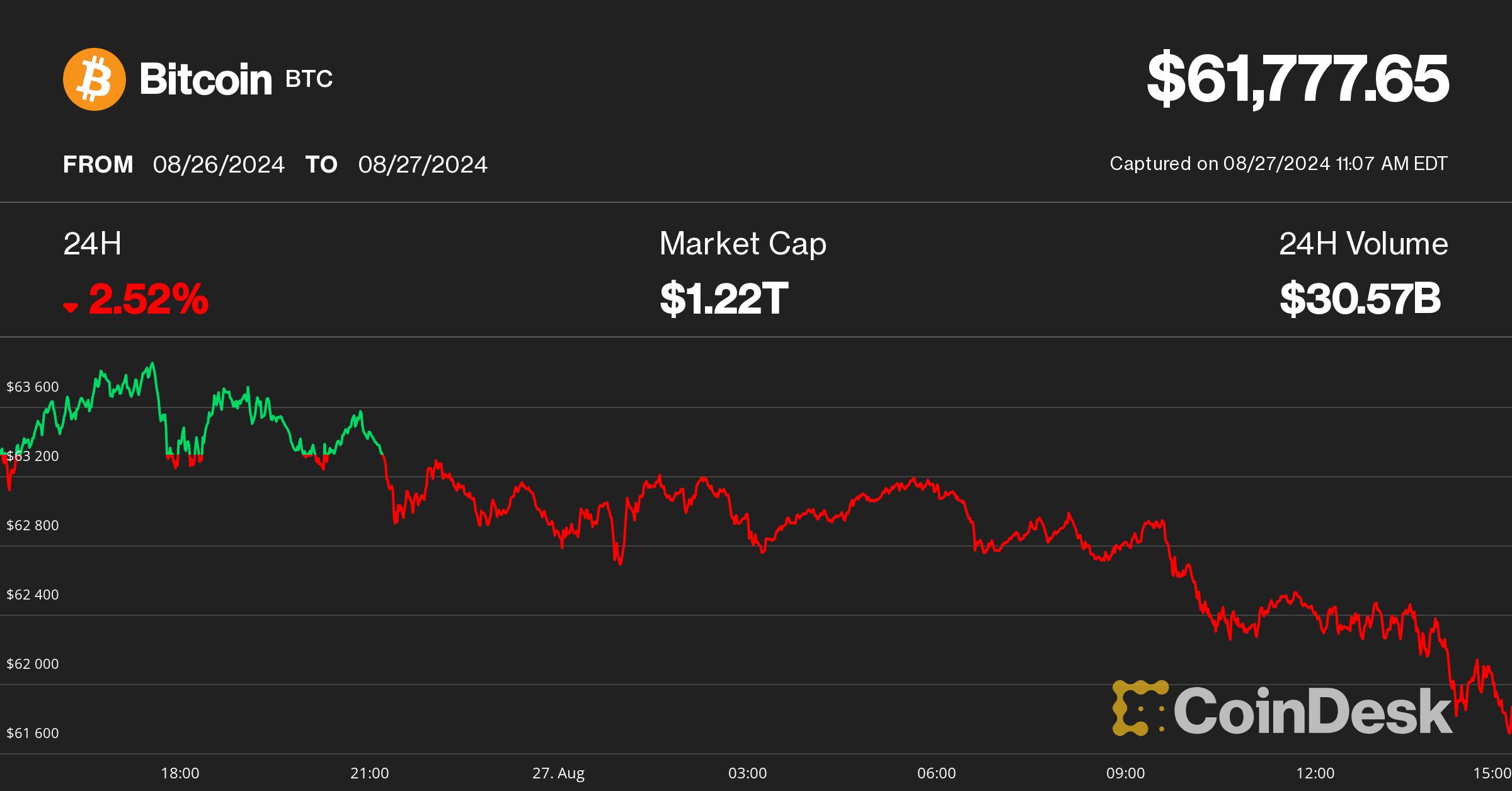Opensea announced its plans on NFT royalties since a rising number of competing markets are refusing to honor NFT creator royalties. The top marketplace had kept mute on the subject, seemingly contemplating its options, since many NFT platforms have switched away from recognizing creator-set royalties in recent weeks. Yesterday, the marketplace CEO David Finzer announced rolling out a new on-chain tool to help creators enforce non-fungible tokens royalty.
Reputable creators claim that the strategy is anti-competitive and that its marketing is vague and possibly misleading. Many well-known Web3 developers aren’t pleased with the newly revealed approach. However, Finzer added creators had the free will to use any specific solution of their choice; and OpenSea was not demanding them to use the new tool.
Opensea’s proposal
Opensea had a discussion on what it called a “thoughtful, principled approach” to NFT royalties in a Twitter thread, which included the introduction of a tool that would enable developers of new projects to ban certain marketplaces that don’t compel traders to pay royalties.
In addition, they stated that it is still deciding what to do with the current NFT projects and that it will get further community input before a December 8 deadline.
The marketplace will make its decision after that date; which may ultimately result in traders’ paying royalty fees voluntarily, as some other markets have done.
OpenSea: Do NFT developers receive royalties?
OpenSea co-founder Devin Finzer described the company’s history of respecting NFT royalties—typically a 5% to 10% fee determined by the inventor, which is paid by the seller on any secondary market sale—in an accompanying blog post.
With the help of NFT sales, creators can be compensated for their efforts by having a creator fee paid each time the NFT is sold. These creator earnings are provided whenever an NFT switches from one wallet to another after purchase if respected by web3 markets.
So, rather than taking place on specific marketplaces, the method for enforcing creator fee payments takes place directly on the blockchain. To impose creator fees on OpenSea, you must build an on-chain enforcement technique.
According to statistics from Dune Analytics and the Galaxy study, which shows that OpenSea makes up over 80% of all Ethereum NFT marketplace volume, even while new NFT marketplaces are still launching on a regular basis, OpenSea continues to account for the majority of all NFT resales.
What potential effects might the new Opensea policy have on the NFT sector?
Numerous traders decide not to pay creator royalty fees when they are not compelled to. Only 18% of dealers bothered to pay any royalty fee, according to data from X2Y2 in late October published by the fictitious Proof Director of Research Punk9059. The argument was that free riding was too simple.
Devin Finzer, the CEO, believes that marketplaces should not impose fees on blockchain but it will be the choice of the creators to make. Despite the fact that many NFT developers have raised concerns on social media about what they perceive to be misleading remarks or ambiguous intents on the market’s genuine course of development, OpenSea’s overall message isn’t resonating as strongly as that one comment.
Conclusion
September and October saw the highest record volume of unique NFT addresses. An indication of new entrants into the industry. However, trading volumes recorded low numbers showing dwindling NFT trading activity. OpenSea could drive a new trend in the creator economy through its new initiative. So much is possible through nonfungible tokens.





